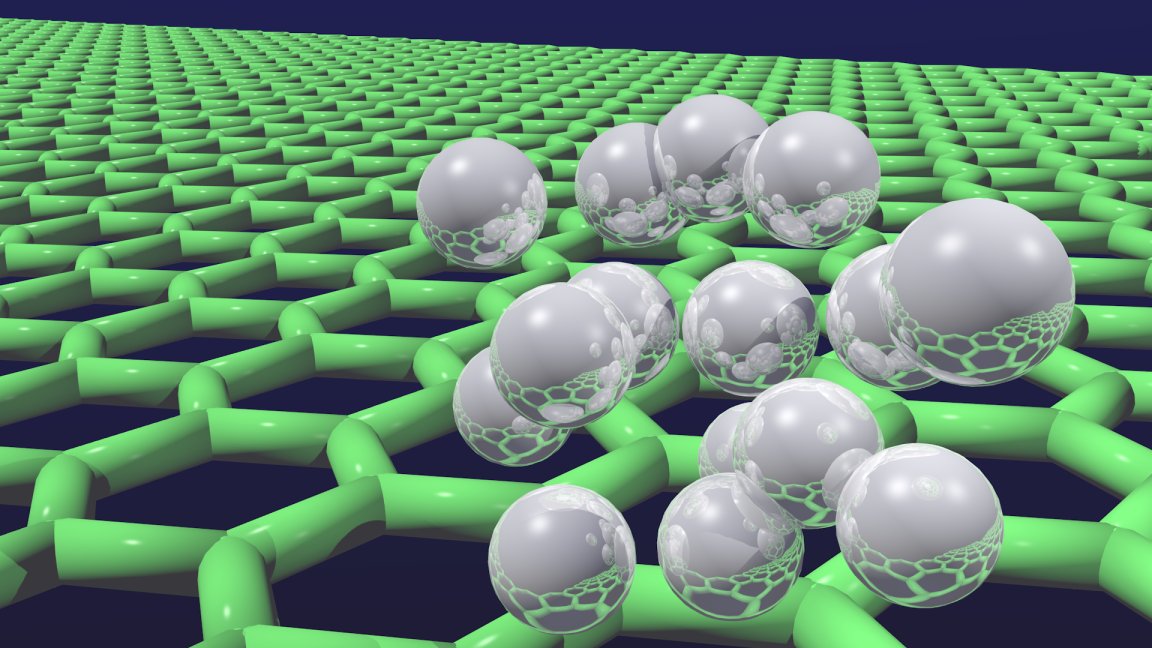
Zero-Gravity Graphene
Everyone’s favorite wonder-material has moved beyond the boundaries of gravity in its latest round of testing. The material was brought aboard a parabolic flight, where a plane alternated climbing and diving in a regular rhythm to simulate micro-gravity for brief intervals of about 23 seconds at a time. These flights are often affectionately referred to as the “vomit comet,” as they tend to inspire some queasiness in humans. The graphene aboard, however, endured the environment and performed well.
According to Professor Andrea Ferrari, Director of the Cambridge Graphene Centre, and Science and Technology Officer and Chair of the Management Panel for the Graphene Flagship,“One of graphene’s potential uses, recognised early on, is space applications, and this is the first time that graphene has been tested in space-like applications,” she said in a press release.

The researchers tested graphene’s ability to improve the performance of satellites’ cooling systems by taking advantage of the material’s unique thermal qualities. As Ferrari explained, “We are using graphene in what are called loop-heat pipes. These are pumps that move fluid without the need for any mechanical parts, so there is no wear and tear, which is very important for space applications.”
The graphene was first tested on the ground. Those results were significantly better than those from the control group.
“By adding graphene, we will have a more reliable loop heat pipe that can operate autonomously in space,” says Dr. Marco Molina, Chief Technical Officer of the Airborne and Space System Division at Leonardo.
For the experiment, the researchers coated the main element of the loop-heat pipe, the metallic wick, in graphene. Graphene’s thermal properties allow for improved heat transfer while the porous structure of the material also increases the amount of surface area the liquid is able to come in contact with. It also allows the liquid to flow faster through the wick.
The results of the micro-gravity tests showed an increased performance of the graphene-coated wicks compared to untreated ones. The researchers will pivot to developing a prototype utilizing graphene on a satellite or space station which could be tested in space.
Graphene Goals
Many look to graphene as a definite means of shifting the paradigm of materials science. It seems that the only limit to its potential applications is the imagination of the innovators playing with its properties. Researchers have reported uses for the material ranging from ultra-thin, super-strong bulletproof body armor, batteries that charge up to five times faster, and even unbreakable rubberbands.
Researchers are coming up with new ways to manufacture the material cheaply and easily. If this trend continues, it could help the material gain new life by becoming a practical material more widely affordable for consumers. And the innovation continues: scientists are even bringing in spiders to create super-hero strength materials.
The future of graphene is bright. Its usefulness on Earth is already established and we will finally begin to see how that may extend into the cosmos. With more testing researchers are bound to find greater applications for this wonder material far beyond cooling systems for satellites. Its versatility is one of its strongest attributes, after all.